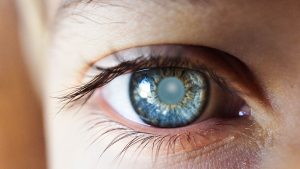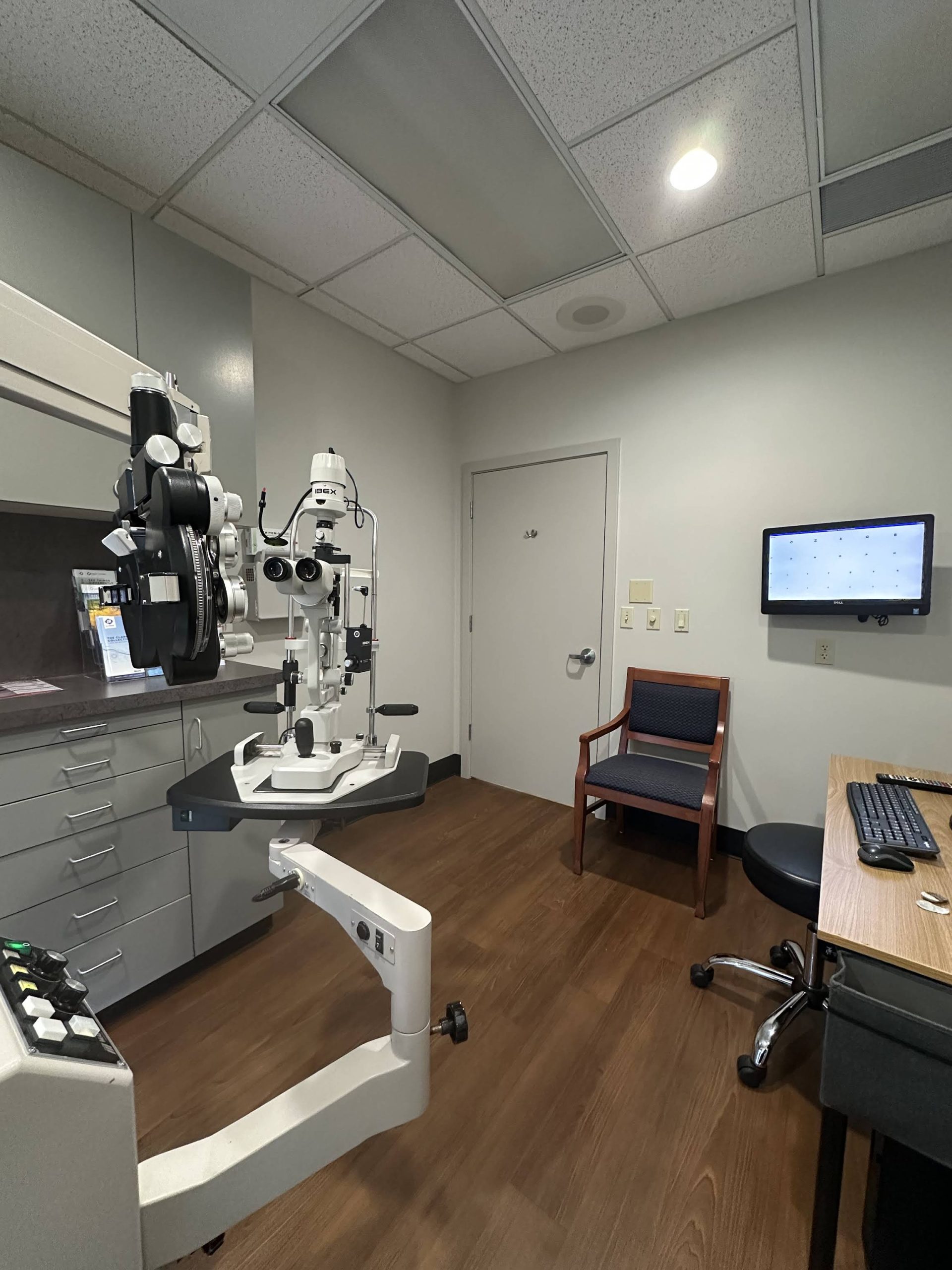 Dry eye syndrome is a common condition that affects millions of people worldwide, including those in Woodinville, WA. This condition occurs when the eyes do not produce enough tears or when the tears evaporate too quickly. The result can be discomfort, irritation, and even vision problems. Fortunately, various treatment options are available to help alleviate the symptoms and improve quality of life.
Dry eye syndrome is a common condition that affects millions of people worldwide, including those in Woodinville, WA. This condition occurs when the eyes do not produce enough tears or when the tears evaporate too quickly. The result can be discomfort, irritation, and even vision problems. Fortunately, various treatment options are available to help alleviate the symptoms and improve quality of life.
Understanding Dry Eye Syndrome
Before exploring treatment options, it is essential to understand what dry eye syndrome entails. The eyes rely on a delicate balance of moisture to function correctly. When this balance is disrupted, individuals may experience symptoms such as redness, itching, burning sensations, and blurred vision. The tear film, which is composed of water, oils, and mucus, plays a vital role in protecting the eyes, providing clear vision, and ensuring comfort. When any component of this film is compromised, the result can be discomfort and potential damage to the eye’s surface.
Causes of Dry Eye Syndrome
Several factors can contribute to the development of dry eye syndrome. Environmental factors, such as exposure to wind, smoke, or dry air, can exacerbate the condition. Additionally, prolonged screen time and contact lens wear can lead to increased tear evaporation. The modern lifestyle, characterized by extended hours in front of computers and smartphones, often leads to reduced blinking rates, which is essential for maintaining moisture on the eye’s surface.
Medical conditions, including autoimmune diseases like Sjögren’s syndrome, diabetes, and thyroid disorders, can also play a significant role. Certain medications, such as antihistamines and antidepressants, may further reduce tear production, making it crucial to consult with a healthcare professional for a comprehensive evaluation. Hormonal changes, particularly in women during menopause, can also influence tear production and exacerbate symptoms. Understanding these underlying causes is vital for developing a targeted treatment approach.
Symptoms to Watch For
Individuals suffering from dry eye syndrome may experience a range of symptoms. Common complaints include a persistent feeling of dryness, a gritty sensation as if something is in the eye, and increased sensitivity to light. In some cases, excessive tearing may occur as the eyes attempt to compensate for the lack of moisture. These symptoms can significantly impact daily activities, making it difficult to read, drive, or even enjoy outdoor activities.
Recognizing these symptoms early can lead to more effective treatment options and prevent further complications. If any of these symptoms are present, it is advisable to seek professional help. Additionally, lifestyle modifications, such as using a humidifier, taking regular breaks from screens, and ensuring proper hydration, can help manage symptoms. Eye drops, both over-the-counter and prescription, may also provide relief and improve overall eye health. Understanding the full spectrum of symptoms and their implications can empower individuals to take proactive steps in managing their eye health.
Diagnosis of Dry Eye Syndrome
Diagnosing dry eye syndrome typically involves a comprehensive eye examination by an eye care professional. The evaluation may include a review of medical history, symptoms, and lifestyle factors. Various tests can also be performed to assess tear production and the quality of tears.
Common Diagnostic Tests
One of the most common tests is the Schirmer test, which measures the amount of tear production over a specific period. Another test, known as the tear break-up time (TBUT), evaluates how quickly tears evaporate from the eye’s surface. These tests, along with a thorough examination of the ocular surface, help determine the severity of dry eye syndrome and guide treatment decisions.
In addition to these standard tests, eye care professionals may also utilize advanced diagnostic tools such as ocular surface staining. This process involves applying a special dye to the eye, which highlights areas of dryness or damage on the corneal surface. The results can provide valuable insight into the health of the eye and the effectiveness of the tear film. Furthermore, patients may be asked to complete questionnaires that assess the impact of symptoms on their daily lives, helping to create a more comprehensive picture of their condition.
Another important aspect of the diagnostic process is evaluating any underlying conditions that may contribute to dry eye syndrome. Conditions such as autoimmune diseases, hormonal changes, or certain medications can exacerbate symptoms. By identifying these factors, eye care professionals can tailor treatment plans to address not only the symptoms of dry eye but also the root causes, leading to more effective management of the condition.
Treatment Options for Dry Eye in Woodinville
Once diagnosed, various treatment options are available to manage dry eye syndrome effectively. The choice of treatment often depends on the severity of the condition and individual patient needs.
Over-the-Counter Solutions
For mild cases, over-the-counter artificial tears can provide immediate relief. These lubricating eye drops help to supplement natural tears and alleviate dryness. It is essential to choose preservative-free options, especially for individuals who require frequent application throughout the day.
Additionally, eyelid scrubs and warm compresses can help maintain eyelid hygiene and promote better tear drainage, providing further relief from symptoms.
Prescription Treatments
For moderate to severe cases, prescription medications may be necessary. One common option is cyclosporine A (Restasis), which helps increase tear production. Another option is lifitegrast (Xiidra), which reduces inflammation on the eye’s surface and can improve symptoms.
In some cases, punctal plugs may be recommended. These tiny devices are inserted into the tear ducts to block drainage, allowing tears to remain on the eye’s surface longer. This can significantly enhance comfort for those suffering from chronic dry eye syndrome.
Lifestyle Modifications
In addition to medical treatments, certain lifestyle changes can help manage dry eye symptoms effectively. Simple adjustments in daily routines can make a significant difference in eye comfort.
Environmental Adjustments
Creating a more eye-friendly environment is crucial for those suffering from dry eyes. Using a humidifier in the home can help maintain moisture in the air, especially during dry seasons. Additionally, taking regular breaks from screens can reduce eye strain and prevent excessive tear evaporation.
Wearing sunglasses or protective eyewear outdoors can shield the eyes from wind and UV rays, further reducing irritation. Avoiding smoke-filled environments and minimizing exposure to air conditioning or heating vents can also be beneficial.
Diet and Hydration
A well-balanced diet rich in omega-3 fatty acids may also help improve tear production. Foods such as fish, flaxseeds, and walnuts can contribute to better eye health. Staying hydrated by drinking plenty of water throughout the day is equally important, as dehydration can exacerbate dry eye symptoms.
When to Seek Professional Help
While many individuals may experience occasional dry eye symptoms, it is essential to seek professional help if symptoms persist or worsen. An eye care professional can provide a comprehensive evaluation and recommend appropriate treatment options tailored to individual needs.
Regular Eye Exams
Regular eye examinations are crucial for maintaining overall eye health, especially for those with chronic dry eye symptoms. These exams allow for early detection of any underlying conditions and ensure that treatment plans are adjusted as necessary.
In Woodinville, WA, numerous eye care specialists are available to provide personalized care and support for individuals suffering from dry eye syndrome. Consulting with a professional can lead to improved comfort and quality of life.
Conclusion
Dry eye syndrome can significantly impact daily life, but effective treatment options are available in Woodinville, WA. From over-the-counter solutions to prescription medications and lifestyle modifications, individuals can find relief from their symptoms. Understanding the condition and seeking professional help are essential steps in managing dry eye syndrome effectively.
By taking proactive measures, individuals can improve their eye health and enjoy a better quality of life. Whether through medical treatment or lifestyle adjustments, addressing dry eye symptoms is crucial for maintaining overall well-being.
If you’re experiencing the discomfort of dry eye syndrome, don’t wait to seek relief. At Overlake EyeCare, our commitment to your vision and eye health is unwavering. With routine eye examinations and advanced treatment options, including specialized intraocular lens technology, we’re here to support your journey to improved eye comfort and health. Dr. Mary Coday and our team are ready to provide you with the highest level of service and care. Whether you need a routine check, are considering cataract surgery, or require more frequent monitoring of an existing condition, we’re here to help. Contact Us Today to schedule your appointment and take the first step towards clearer, more comfortable vision.

